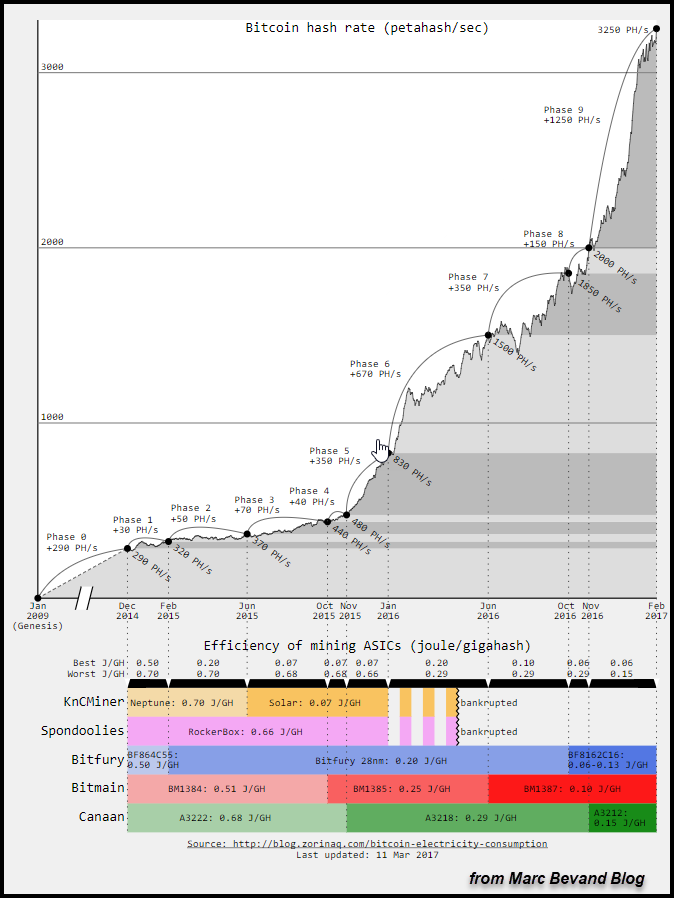
Indian Railways has increased the monthly cap on tickets booked on the IRCTC[1] portal from six to 12 for Aadhaar[2]-verified passengers, officials said.
The move, which came into effect on October 26, is believed to be an innovative way for the railways to encourage passengers to link their Aadhaar numbers to their online booking accounts on IRCTC.
IRCTC officials said passengers can continue to book up to six tickets a month without validating their Aadhaar cards. If the number goes beyond six, the Aadhaar number of the user and one of the passengers should be updated in the IRCTC portal, an official explained.
Users on the IRCTC portal have to click on Aadhaar KYC under the 'my profile' category and update their Aadhaar number. A one-time password (OTP) will be sent to the mobile number linked to Aadhaar and should be entered for verification.
In addition, the Aadhaar number of any one of the accompanying passengers should also be updated under the 'master list'. This will be validated through an OTP. Users can store the names of verified passengers accompanying them on the 'master list'. This should be done before starting the process for booking more than six tickets a month, officials said.
The move is expected to eliminate malpractices in ticket bookings as touts and travel agents cannot create fake user IDs any more.
In the IRCTC portal, six passengers can be reserved on a single ticket under general quota while Tatkal bookings allow four passengers per ticket.
The railways had announced in December last year that registration of Aadhaar with IRCTC was mandatory to avail concessions from April 1, 2017, but dropped the idea after opposition from various forums....
References
Read more from our friends at NDTV/Gadgets
If you are investing in either Bitcoin or Gold, it’s important to understand which asset is behaving more like a bubble than the other. While it’s impossible to understand how the market will value these two very different assets in the future, we can provide some logical analysis that might remove some of the mystery associated with the market price of Bitcoin vs Gold.
I’ve read some analysis on Bitcoin profitability and energy consumption that seemed unreliable, so I thought I would put my two cents in on the subject.
For example, many sites are using the Digiconomist’s work on Bitcoin energy consumption. However, I believe this analysis has overstated Bitcoin’s energy consumption by a large degree. According to the Digiconomist, Bitcoin’s annual electric use is approximately 24 TerraWatts per year (TWh/yr):
![]()
In a recent article that was forwarded to me by one of my readers, How Many Barrels Of Oil Are Needed To Mine One Bitcoin, the author used the information in the chart above to calculate the energy cost to produce each Bitcoin. He stated that the average energy cost for each Bitcoin equals 20 barrels of oil equivalent. Unfortunately, that data is grossly overstated.
If we look at another website, the author explains in great detail the actual energy cost to produce each Bitcoin. According to Marc Bevand, he calculated on July 28th, that the average electric consumption of Bitcoin was 7.7 TWh/yr, one-third of the Digiconomist’s figure. Here is a chart and table from Marc Bevand’s site showing how he arrived at the figures:

This graph shows the increase in Bitcoin’s hash rate and the efficiency of the Bitcoin Miners at the bottom. If